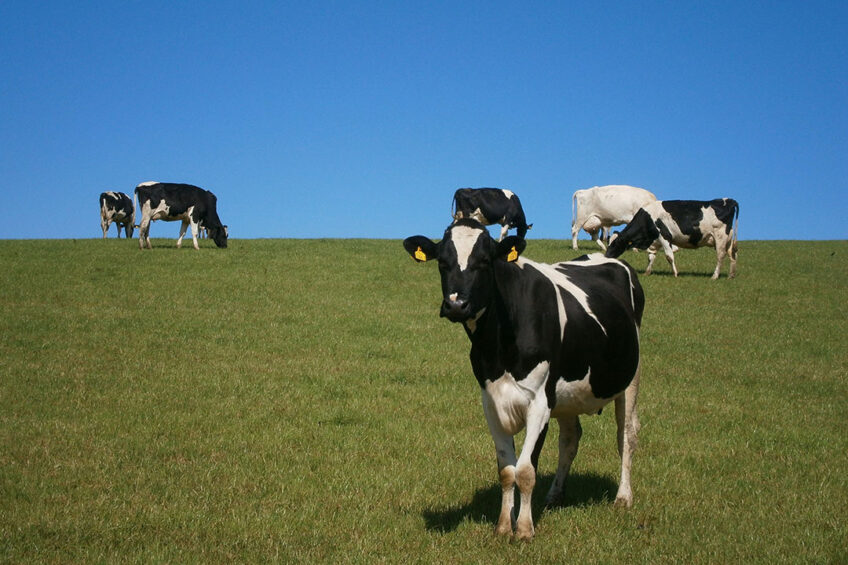A greater issue in UK: Heat stress impact on DMI

The temperatures are on the rise and heat stress is an issue and on the minds of many dairy farmers. As it is becoming a greater issue in the UK, farmers should take care and keep an eye on dry matter intakes (DMI).
With temperatures now regularly reaching 20°C and beyond, dairy farmers are being warned that cows are extremely susceptible to heat stress which can result in depressed dry matter intakes (DMI) and reduced milk yields.

In a recent press release, the caution comes as heat stress is becoming a greater issue in the UK, due to a combination of rising ambient temperatures and increasing average milk yields. According to Mark McFarland, feed additive product manager at Lallemand Animal Nutrition, this means that on average, cows producing 60 litres of milk per day experience a 2.00 KW heat output. “A cow enters into a state of heat stress when there is excessive heat accumulation within her body which she struggles to lose,” explains McFarland.
Also read: Our Heat Stress Special magazine articles
Heat stress occurs when an animal’s heat load is greater than its capacity to lose heat. It can cast a shadow over the performance and profitability of livestock production. In this special issue we share effective approaches to mitigate heat stress and feature nutritional interventions that prevent damage in extreme climates or hot spells in moderate climates. Click here…
Reduction in DMI
“Alongside increased panting, an immediate coping mechanism is to reduce DMI. This results in a decrease in the availability of nutrients used for milk synthesis and can also disrupt rumen function, which can cause acidosis.”
“Ration reformulation is needed during periods of increased temperatures to account for decreased DMI and changing nutrient requirements. Maintenance of normal rumen function is also critical,” says McFarland.
“Intakes fall when cows get too hot as they tend to eat less often, and in bigger amounts, which results in ‘sluggish feeding’.
As a result, producers should maximise eating time by considering feeding cows in the evening during cooler temperatures. Adding a probiotic yeast to the diet can also prove very beneficial, helping to support rumen function and maintain DMI.”
Steps to take to mitigate heat stress
There are other steps farmers can take to mitigate the effects of heat stress – providing shade when cows are outdoors, aiming for 4-6m2 shade per cow. Easy access to clean cool water within the grazing area is also paramount, ideally maintaining a water temperature under 20°C.
“When milking, try to prevent overcrowding, particularly in the collecting yard. This is also a good place to add fans which can keep cows cool while they wait,” adds McFarland.
The press release further stated that, with episodes of heat stress known to be increasing in the UK, Lallemand Animal Nutrition in conjunction with Dr Tom Chamberlain, are currently collecting live data to assess the extent of heat stress risk.
Using unique monitors that have been fitted to a network of dairy farms in Southern England, we’re starting to see how heat stress is currently affecting UK herds. Farmers can also access this live data to give them an idea of how the heat could be potentially impacting their own herd,” McFarland says.
“It’s important not to overlook heat stress. While the issue will become apparent in the bulk tank, acting early before milk yields are suppressed will pay dividends,” the press release stated.
To access the data, click here.
Also read: Our Heat Stress Special magazine articles
Heat stress occurs when an animal’s heat load is greater than its capacity to lose heat. It can cast a shadow over the performance and profitability of livestock production. In this special issue we share effective approaches to mitigate heat stress and feature nutritional interventions that prevent damage in extreme climates or hot spells in moderate climates. Click here…
Join 13,000+ subscribers
Subscribe to our newsletter to stay updated about all the need-to-know content in the dairy sector, two times a week.










